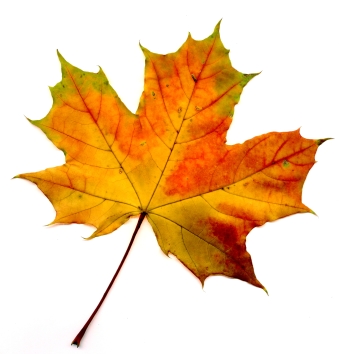 Tuesday’s election was a win for the environment here in Massachusetts. But not for the reasons you may think. Here, we are celebrating the fact that seven communities voted to adopt the Community Preservation Act (CPA) bringing the Bay State total to 155 communities.
Tuesday’s election was a win for the environment here in Massachusetts. But not for the reasons you may think. Here, we are celebrating the fact that seven communities voted to adopt the Community Preservation Act (CPA) bringing the Bay State total to 155 communities.
This means that these communities have voted to dedicate local funding, with a state match, to preserve and improve open space and historic sites, create affordable housing, and develop outdoor recreational facilities.
Over the last 10 years, 42 percent of the Commonwealth’s cities and towns have preserved 15,000 acres of open space. The new CPA communities include: Beverly, Canton, Fall River, Great Barrington, Salem, Somerset, and Somerville.
Why it matters
Until the CPA was enacted back in 2000, there was no steady funding source dedicated to helping communities with strained resources address quality-of-life issues like open space, recreation, and historic preservation. CPA has proven to be a valuable tool for communities that don’t have access to other non-property tax revenue streams like hotel/motel taxes, big-ticket mitigation fees from developers, or state grants for special projects.
In municipalities that vote to adopt CPA, the program allows local officials to use a property tax surcharge and matching state funds to encourage communities to invest in areas often neglected when budgets are tight.
How it works
CPA adopting communities add a surcharge of up to three percent to municipal property taxes to raise money locally. A statewide, dedicated CPA Trust Fund distributes annual matching funds of up to 100 percent of the CPA revenues raised locally by these communities. Fees on filings at the state’s registries of deeds fund the CPA Trust.
For the past six years, a Mass Audubon legislative priority has been to update the CPA legislation to make it more beneficial (not to mention appealing). In July 2012, the Act to Sustain Community Preservation was passed as an amendment to the state budget. Among the improvements:
- Increases in funding for the statewide Community Preservation Trust Fund, which will allow for even more improvements to towns’ and cities’ existing CPA programs.
- Incentives for cities to join by allowing for recreation improvements and the use of higher matching funds from other local sources;
- A provision that gives CPA communities the ability to use CPA funds to fix up existing parks and recreational facilities. Previously, CPA funds could only be used to purchase new parks and recreational facilities.
To learn more about Mass Audubon and its efforts in community preservation, planning, and smart growth, check out our Shaping the Future of Your Community online handbook and attend a workshop.
Photo © Alison Noyce


